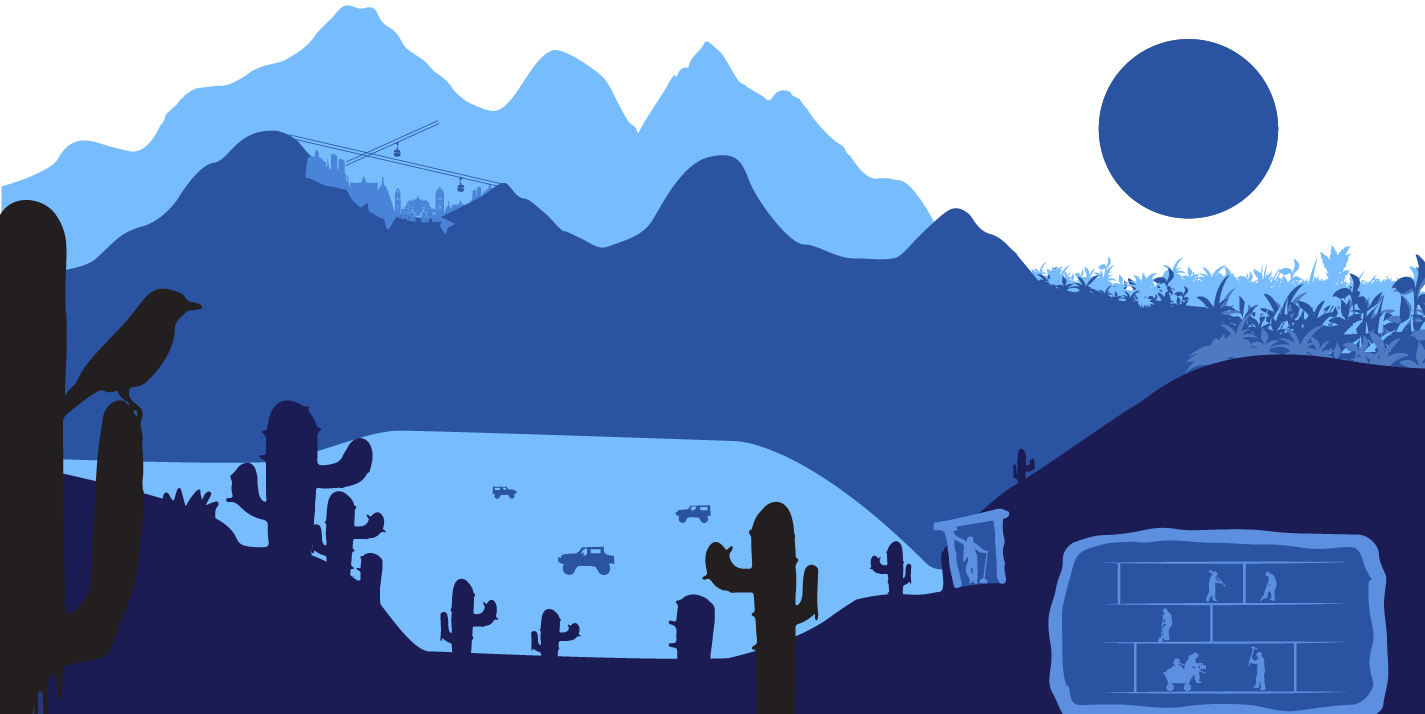
For information regarding our vaccination policies, safety protocols and other requirements visit our Travel Safety Center
Every tucked-away corner of the planet is changing, some quicker than others, but all in some way or another. There are some big changes that many of us hear about; issues like deforestation, climate change, and the urbanization of countryside. These are all threats, but the biggest, and often unspoken, threat is the gradual homogenization of the world. Many of the unique cultures and traditions of the world are disappearing. Like the small towns from our pasts that have lost that “something special”, that uniqueness, that quaintness, the same is true worldwide. Commercialization and the global economy are affecting even the smallest communities, communities that were once remote.So why bring more people to these locations? Because we believe that although some change is inevitable, by raising awareness of the changes taking place, we can play a role in helping to stave off overdevelopment. There are hundreds of instances where travel has actually played a key role in protecting areas by showing local communities that what they have is valuable and worth preserving.
Wildlife



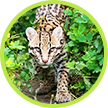












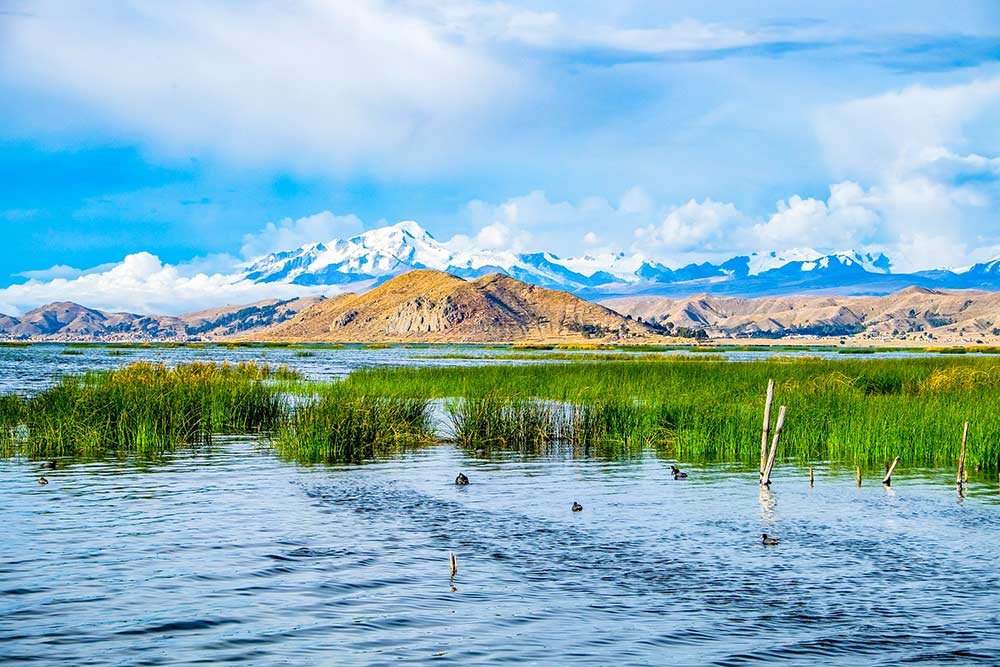
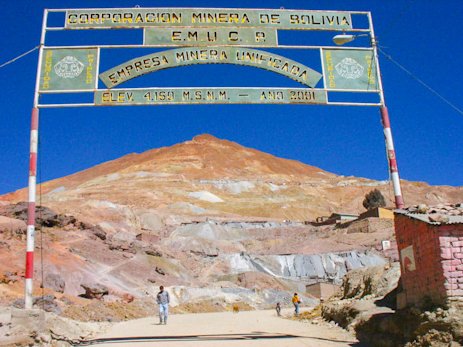
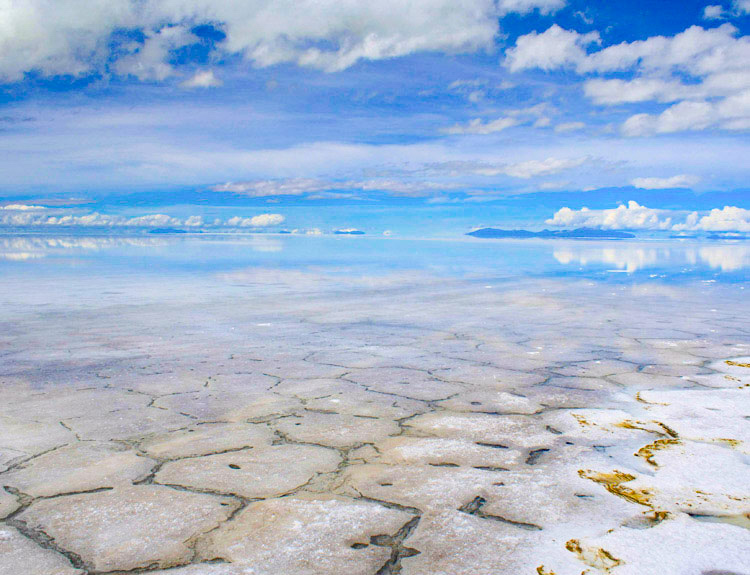

In the 16th century, this area was regarded as the world’s largest industrial complex. The extraction of silver ore relied on a series of hydraulic mills. The site consists of the industrial monuments of the Cerro Rico, where water is provided by an intricate system of aqueducts and artificial lakes; the colonial town with the Casa de la Moneda; the Church of San Lorenzo; several patrician houses; and the barrios mitayos, the areas where the workers lived. Read More
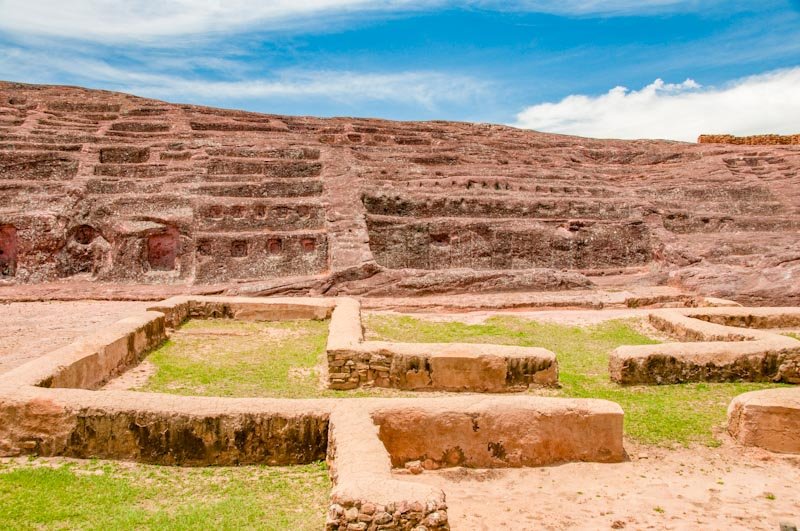
The archaeological site of Samaipata consists of two parts: the hill with its many carvings, believed to have been the ceremonial centre of the old town (14th–16th centuries), and the area to the south of the hill, which formed the administrative and residential district. The huge sculptured rock, dominating the town below, is a unique testimony to pre-Hispanic traditions and beliefs, and has no parallel anywhere in the Americas. Read More

Sucre, the first capital of Bolivia, was founded by the Spanish in the first half of the 16th century. Its many well-preserved 16th-century religious buildings, such as San Lázaro, San Francisco and Santo Domingo, illustrate the blending of local architectural traditions with styles imported from Europe. Read More
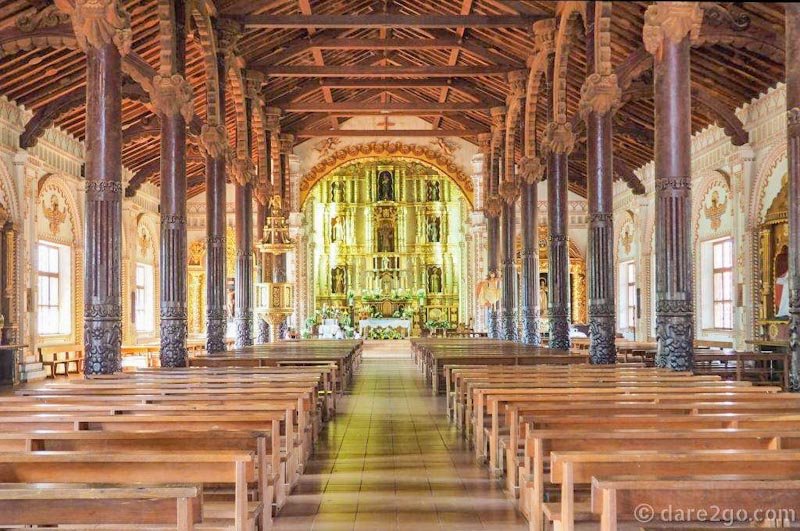
Between 1696 and 1760, six ensembles of reducciones (settlements of Christianized Indians) inspired by the ‘ideal cities’ of the 16th-century philosophers were founded by the Jesuits in a style that married Catholic architecture with local traditions. The six that remain – San Francisco Javier, Concepción, Santa Ana, San Miguel, San Rafael and San José – make up a living heritage on the former territory of the Chiquitos. Read More

This site is an extensive Inca communication, trade and defence network of roads covering 30,000 km. Constructed by the Incas over several centuries and partly based on pre-Inca infrastructure, this extraordinary network through one of the world’s most extreme geographical terrains linked the snow-capped peaks of the Andes – at an altitude of more than 6,000 m – to the coast, running through hot rainforests, fertile valleys and absolute deserts. It reached its maximum expansion in the 15th century, when it spread across the length and breadth of the Andes. Read More

The city of Tiwanaku, capital of a powerful pre-Hispanic empire that dominated a large area of the southern Andes and beyond, reached its apogee between 500 and 900 AD. Its monumental remains testify to the cultural and political significance of this civilisation, which is distinct from any of the other pre-Hispanic empires of the Americas. Read More

The National Park is one of the largest (1,523,000 ha) and most intact parks in the Amazon Basin. With an altitudinal range of 200 m to nearly 1,000 m, it is the site of a rich mosaic of habitat types from Cerrado savannah and forest to upland evergreen Amazonian forests. The park boasts an evolutionary history dating back over a billion years to the Precambrian period. An estimated 4,000 species of flora as well as over 600 bird species and viable populations of many globally endangered or threatened vertebrate species live in the park. Read More
| Name | Type | Location | Date | Link |
|---|---|---|---|---|
| Sajama National Park | Mixed | Oruro | 2003 | UNESCO Website |
| Pulacayo, Industrial Heritage Site | Cultural | Potosí | 2003 | UNESCO Website |
| Incallajta, the largest Inca site in the Kollasuyo | Cultural | Cochabamba | 2003 | UNESCO Website |
| Cal Orck'o: Footprints of time | Natural | Sucre | 2003 | UNESCO Website |
| Sacred Titicaca Lake | Mixed | La Paz | 2003 | UNESCO Website |